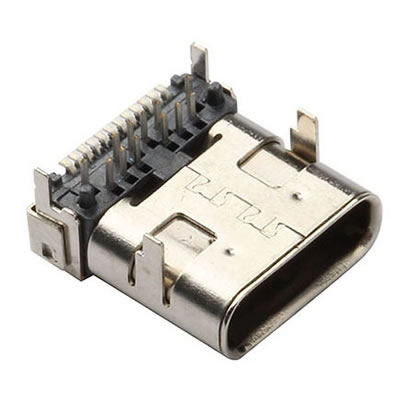The advantages and disadvantages of USB interface sockets
 2024-11-08 09:52:27
2024-11-08 09:52:27

Advantages:
Convenience:
No need for an additional charging adapter; you can charge devices directly with a USB cable, reducing the space occupied by the socket.
Multiple USB ports allow charging several devices simultaneously, improving charging efficiency.
Space-Saving:
Combines traditional sockets with USB charging ports, reducing the need for multiple adapters and keeping work or living areas tidy.
Wide Compatibility:
Strong compatibility, supporting charging for various devices (such as phones, tablets, smartwatches, etc.), making it suitable for both home and office use.
Optimized Charging Speed:Some sockets with USB ports support fast-charging technology, which can reduce charging time for devices.
Disadvantages:
Power Limitations:The charging power of USB ports is usually lower than that of the original charger, which may result in slower charging, especially for high-power devices (like tablets).
Fixed Interface Standards:
Many sockets have USB ports with fixed output specifications, which may not accommodate different devices' charging current requirements, potentially affecting charging performance.
Risk of Malfunction:
If the built-in USB port of the socket gets damaged, the entire socket might need to be replaced, making repairs inconvenient. Moreover, if the socket's internal circuit design is flawed, it could pose safety hazards.
Limitations:
As devices require higher voltage and current (with the rise of USB-C ports), traditional USB ports may not meet new charging demands, leading to a diminished user experience.
In summary, sockets with USB ports offer great convenience for daily life, but it's important to consider power, interface standards, and quality when purchasing to ensure safety and charging efficiency.


